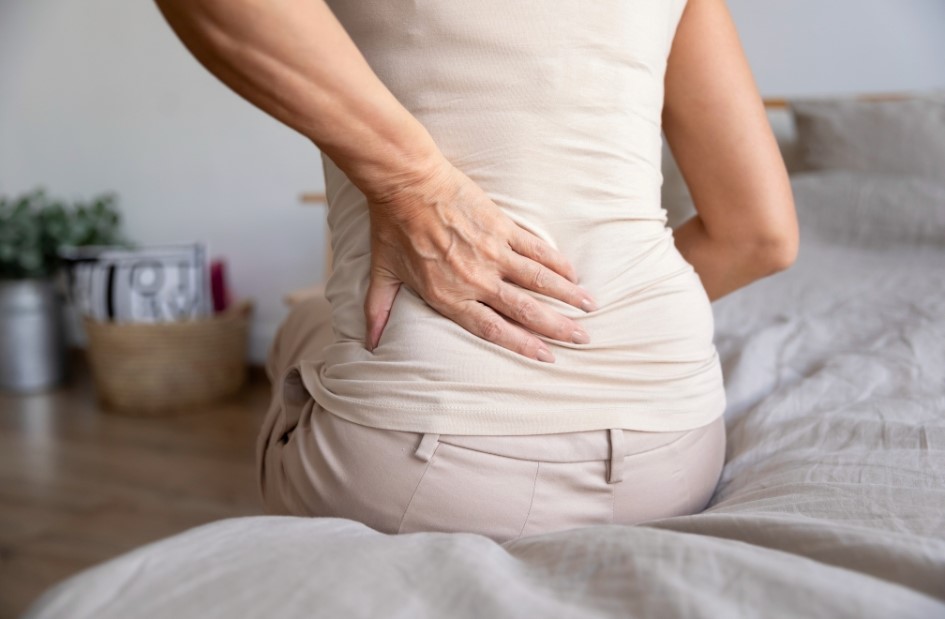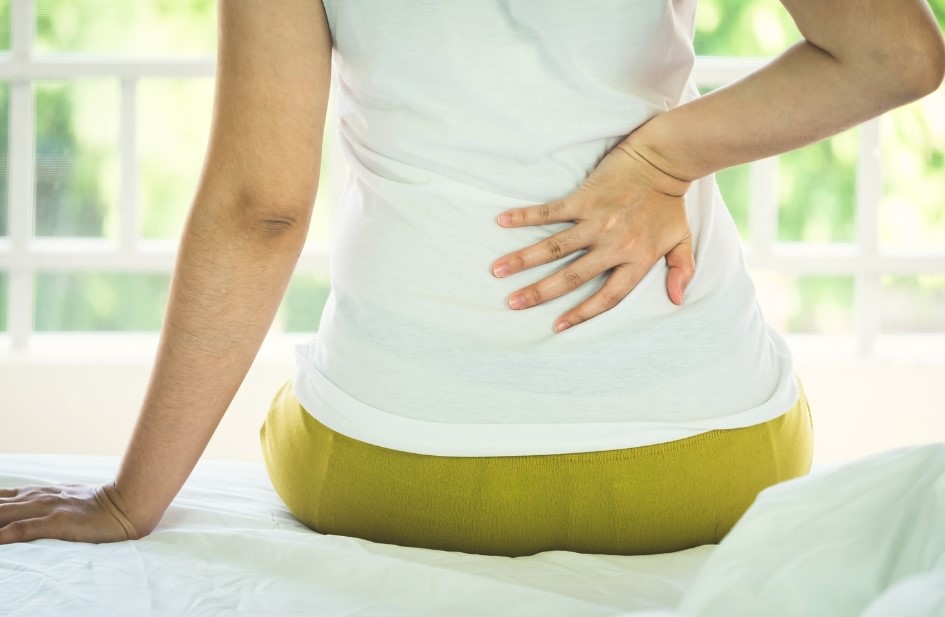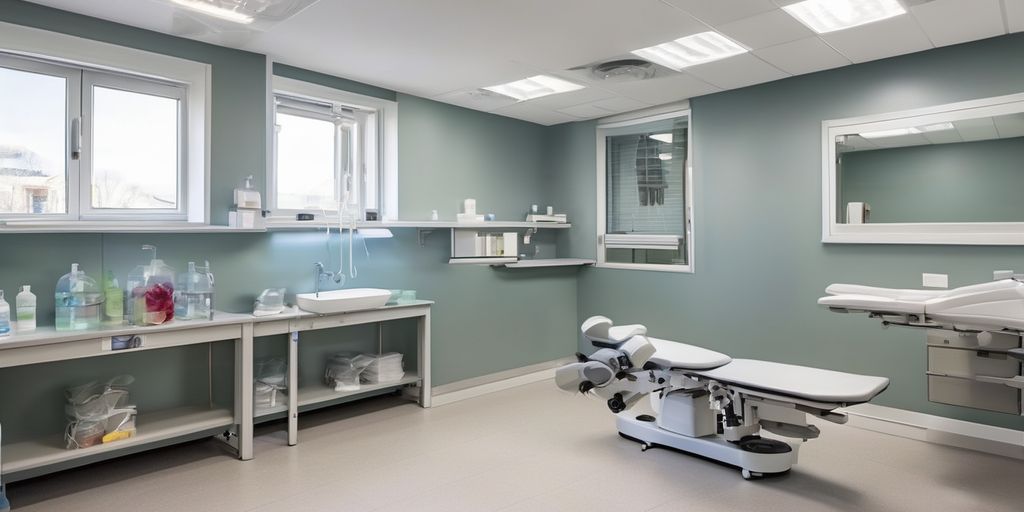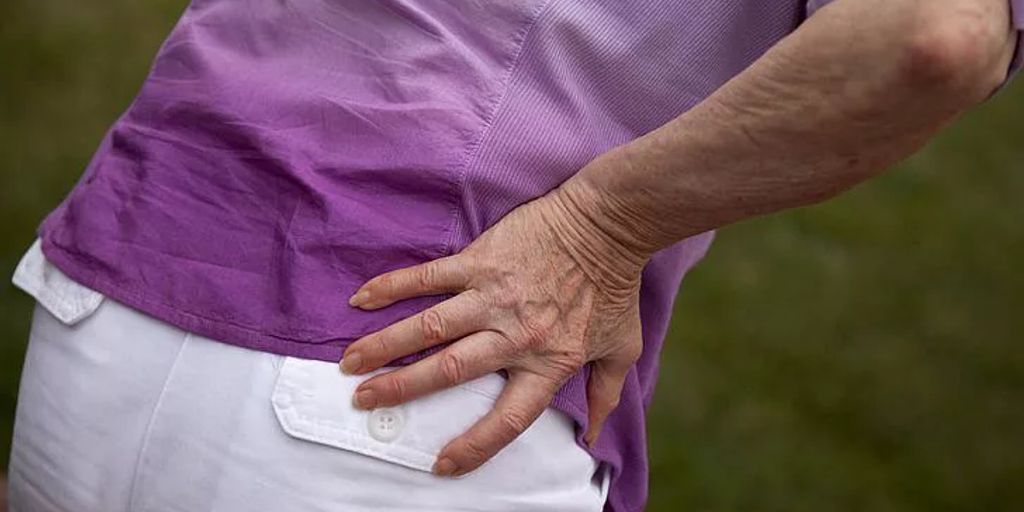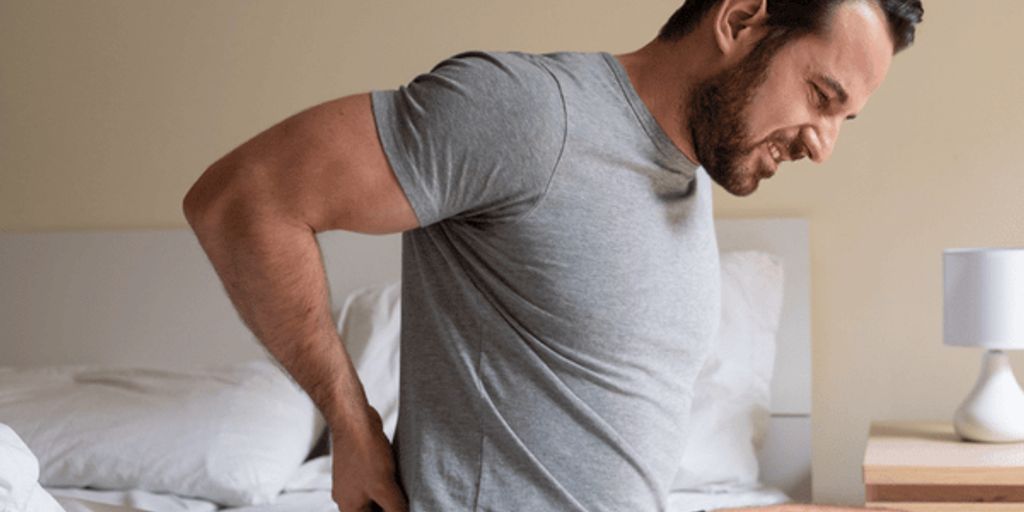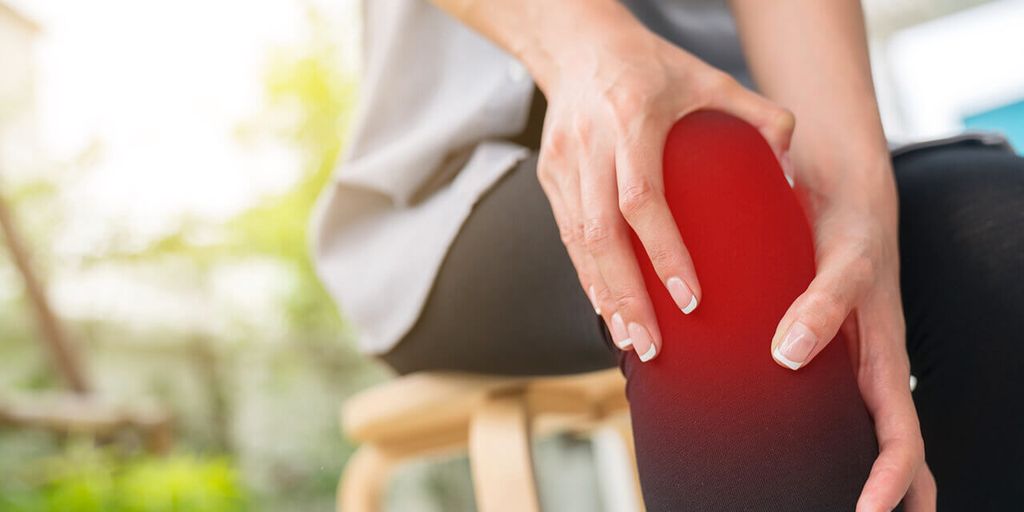
Chondromalacia Patella, often known as runner’s knee, is a condition where the cartilage under the kneecap softens and breaks down. This can lead to pain and discomfort, especially during activities that put pressure on the knee joint, such as running, jumping, or even climbing stairs. Understanding this condition is crucial for effective treatment and prevention.
Key Takeaways
- Chondromalacia Patella involves the softening and breakdown of cartilage under the kneecap, causing knee pain, especially during activities that stress the knee joint.
- Treatment options range from conservative approaches like rest and ice therapy to more intensive methods such as physical therapy and surgery.
- Preventive measures, including proper footwear, strengthening exercises, and lifestyle changes, can help manage and reduce the risk of Chondromalacia Patella.
Understanding Chondromalacia Patella
What is Chondromalacia Patella?
Chondromalacia patella, also known as patellofemoral syndrome, is a condition where the cartilage on the underside of the kneecap softens and breaks down. This issue is common among young athletes and older adults, particularly women. The patella, or kneecap, plays a vital role in knee function, acting as a shield and aiding in movement.
Causes and Risk Factors
Several factors can lead to chondromalacia patella, including overuse, injury, and misalignment of the knee joint. Athletes who engage in repetitive knee movements are at higher risk. Other risk factors include flat feet, previous knee injuries, and arthritis. Understanding these causes can help in early diagnosis and prevention.
Symptoms and Diagnosis
Common symptoms include knee pain, especially when climbing stairs or sitting for long periods. Swelling and a grinding sensation in the knee are also typical. Diagnosis often involves a physical examination and imaging tests like X-rays or MRIs to assess the extent of cartilage damage.
Early diagnosis and treatment are crucial for managing chondromalacia patella effectively.
Treatment Options for Chondromalacia Patella
Conservative Approaches
Conservative treatments are often the first line of defense against chondromalacia patella. Resting the knee is crucial to allow healing and reduce stress on the affected area. Ice therapy can help reduce inflammation and alleviate pain. Nonsteroidal anti-inflammatory drugs (NSAIDs) may be prescribed to manage pain and inflammation. Wearing a knee brace or using taping techniques can provide additional support and reduce discomfort. Taking glucosamine/chondroitin or cartilage supplements might help also.
Physical Therapy
Physical therapy plays a significant role in managing chondromalacia patella. A physical therapist will design a program that includes exercises to strengthen the quadriceps, hamstrings, and calf muscles. These exercises help improve joint function and reduce pain. Stretching exercises are also essential to maintain flexibility and prevent further injury. In some cases, orthotic devices may be recommended to correct any misalignment issues.
Surgical Interventions
When conservative treatments and physical therapy do not provide sufficient relief, surgical options may be considered. Arthroscopic surgery is a minimally invasive procedure where instruments are inserted into the knee to remove or repair damaged cartilage. In more severe cases, realignment procedures or cartilage restoration techniques may be necessary. Post-surgery, physical therapy is crucial to ensure proper recovery and to strengthen the muscles around the knee.
It’s important to consult with a healthcare professional to determine the most appropriate treatment plan for your specific condition. Orthospineworks offers a range of treatment options tailored to individual needs.
Preventing Chondromalacia Patella
Lifestyle Modifications
To prevent chondromalacia patella, it’s crucial to adopt certain lifestyle changes. Regular low-impact activities like walking or swimming can help maintain knee health. Avoid activities that put excessive strain on the knees, such as running on hard surfaces or jumping. Maintaining a healthy weight is also essential, as extra weight can increase the stress on your knees.
Exercise and Strengthening
Strengthening the muscles around the knee is vital for preventing chondromalacia patella. Focus on exercises that target the quadriceps, hamstrings, and calf muscles. Stretching these muscles regularly can also help keep the kneecap in proper alignment. Consider incorporating activities like cycling or using an elliptical machine, which are easier on the knees.
Proper Footwear and Equipment
Wearing the right footwear is another key factor in preventing chondromalacia patella. Choose shoes that provide good support and cushioning. If you participate in sports, make sure to use appropriate equipment that minimizes knee strain. Orthotic inserts can also be beneficial for those with flat feet or other foot issues that may affect knee alignment.
Early identification and intervention are crucial in preventing the worsening of chondromalacia patella. Follow your doctor’s advice for pain management and activity restrictions.
Living with Chondromalacia Patella
Managing Pain and Discomfort
Living with chondromalacia patella can be challenging, but there are ways to manage the pain and discomfort. Anti-inflammatory medications can help reduce swelling and pain. Additionally, using ice packs and resting the knee can provide relief. Wearing a patellar strap may also help by reducing pressure on the knee.
Long-term Care Strategies
Long-term care for chondromalacia patella involves a combination of lifestyle changes and medical treatments. Regular physical therapy sessions can strengthen the muscles around the knee, providing better support and reducing pain. It’s also important to avoid activities that put excessive strain on the knee.
Support and Resources
Support from healthcare professionals, such as an orthopaedic surgeon, can be invaluable. They can provide personalized treatment plans and monitor your progress. Additionally, joining support groups can offer emotional support and practical advice from others who are living with the condition.
Living with chondromalacia patella requires a proactive approach to manage symptoms and maintain a good quality of life.
Conclusion
Chondromalacia Patella, while common, can be managed effectively with the right approach. Understanding the symptoms and seeking early diagnosis are key steps in preventing further damage. Treatment options range from simple rest and physical therapy to more advanced surgical procedures, depending on the severity of the condition. By staying informed and proactive, individuals can maintain knee health and continue to enjoy their daily activities with minimal discomfort. Remember, taking care of your knees today can prevent bigger problems tomorrow.
About The Author

Dr Gamaliel Tan
Orthopaedic Surgeon Specialising in Spine Surgery in Singapore
Dr Gamaliel Tan is a qualified and experienced spine specialist in Singapore with over 25 years of experience in designing and providing effective solutions for different orthopaedic problems. He specialises in spine surgery and has experience in endoscopic spine surgery and motion preservation spine procedures (artificial disc replacements).
He is a member of the Singapore Spine Society and AOSpine Society.

